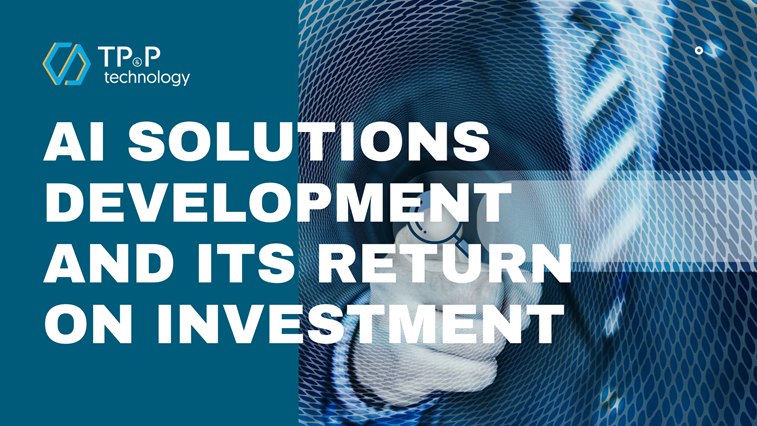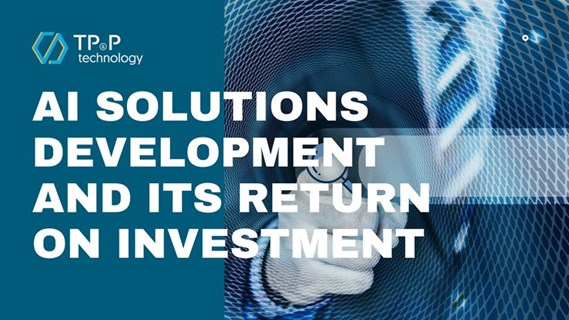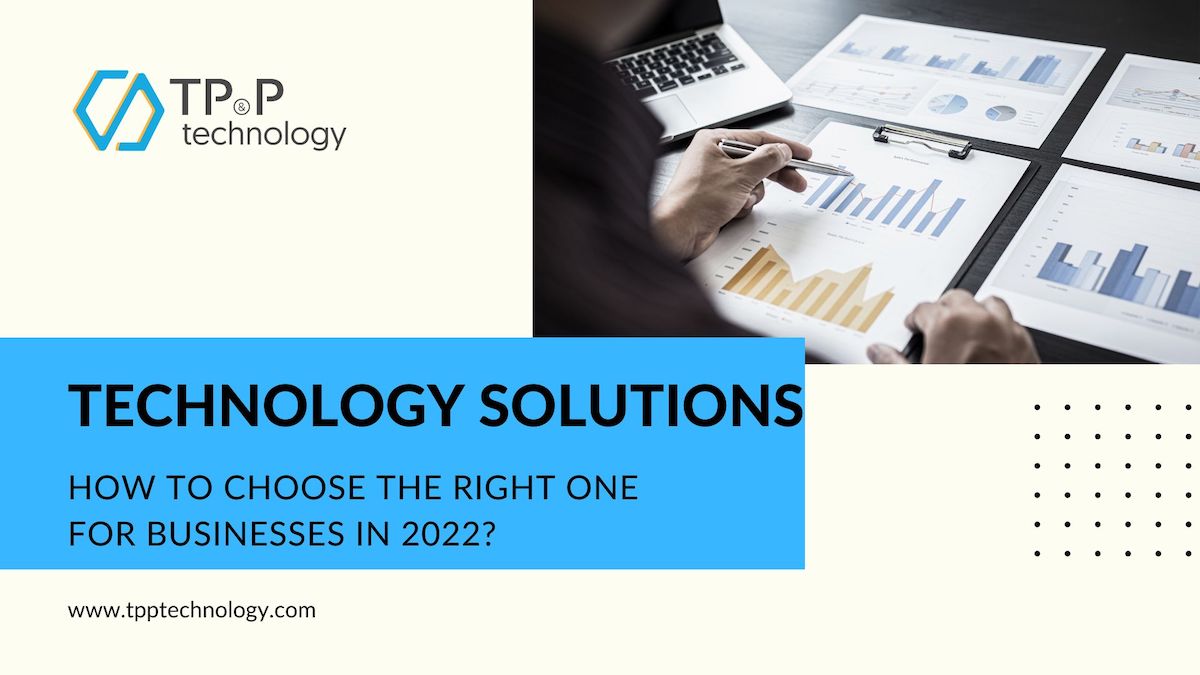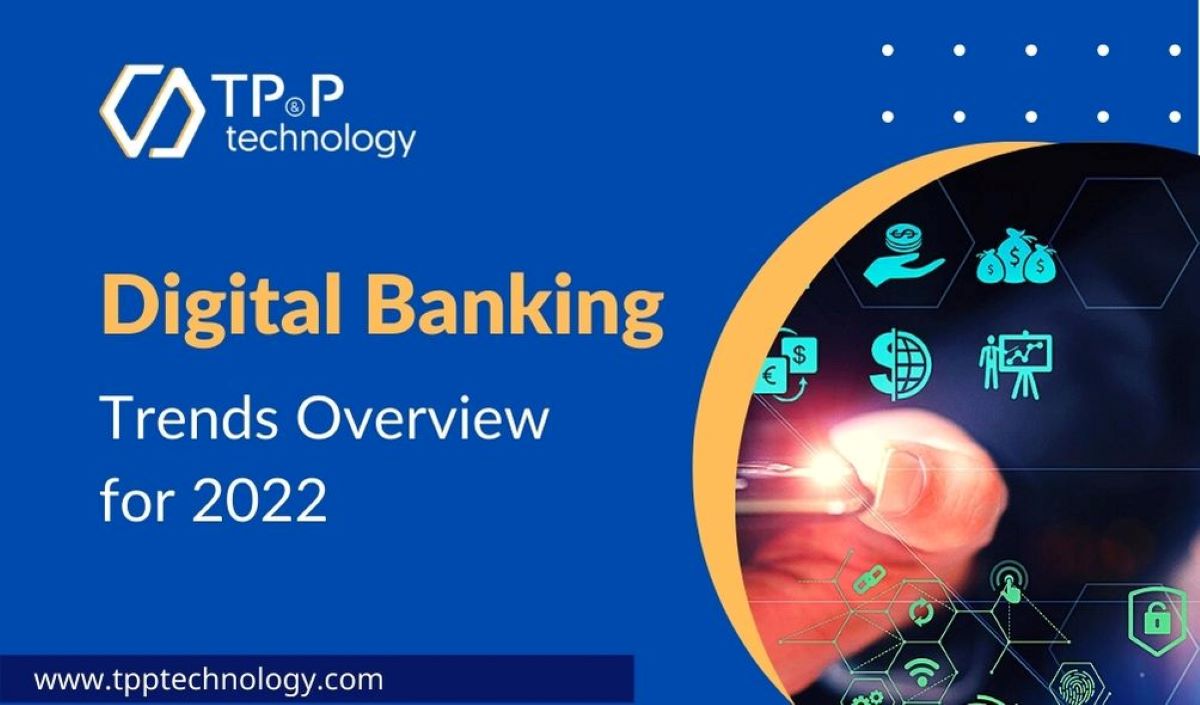
AI Solutions Development And Its Return On Investment
Have you ever wondered how software development outsourcing companies can help boost your AI Solutions Development’s Return On Investment (ROI)? In this article, we will reveal three steps we can use to boost your revenue.
Accenture’s recent research report of 6,381 businesses and IT executives across 25 countries revealed that 84 percent of the executives agree that companies are reaping the benefits of implementing cutting edge technology; two-thirds of businesses are planning to invest in AI in the near future. AI solutions development is expected to boost the ROI by around 30 percent in the next four years.
But depending on the industry and the business operation plan, we may or may not be able to accurately predict the ROI speed.
Taking the energy industry for an example, by implementing an AI maintenance solution, they can quite easily predict the equipment’s longevity to increase its uptime and reduce the maintenance costs. Other industries are more unpredictable.
Yet, for another example, using AI to prevent shoplifting criminals in retail stores is harder to calculate the ROI because it does not directly affect sales performance. For these business cases, we need to make a solid plan for AI investments.

But, as one of the top IT Services Providers and software development outsourcing companies in Vietnam, we’re going reveal some steps that allow us to evaluate the opportunities and risks of the mentioned digital transformation decision.
Generally, there are three ways we can use to check the AI solution development and if it’s worth investing in.
- Scouting the area
AI is mainly used to discover the pattern in large datasets; however, not all patterns are useful. Sometimes, letting the pattern alone can provide more value than digging into it. We can prevent that by running a limited pilot to scout the area. This step’s purpose is to test hypotheses and gain information that helps in giving you the overall idea of whether or not you should scale up the AI project.
For example, a rubber plantation company can apply AI to its land portion footage to identify any useful patterns. They can see patches with low tree density and fill the gap in the land to prevent resource waste.
At the same time, they can decide whether they should plant new trees in those spaces based on the evaluation of soil conditions and other internal or external factors. The company can see the result almost immediately since they can imagine the impact AI could make to their revenue per hectare of rubber plant forests and can calculate the ROI’s speed almost instantly.
- Establishing total control
After knowing the possibility of success when deploying AI, we can run an A/B test with the help of AI to measure the impact of the approach toward the organization’s current status quo. The traditional split test is time-consuming and resource-intensive, especially if we want to test several different variables.
Luckily, AI efficiently gives you a faster result while frees up your time and resources to focus on other strategic aspects of the strategy. AI also enables you to conduct an experiment with an infinite number of different variables.
For instance, an advertising agency collaborating with a new cookware brand targeting new moms. They want to experiment with several posters that contain different copy, key visuals, and theme colors. They aim to understand which poster is the most optimal for the female audience aged 30 - 35 and which poster is most favorable for the female audience aged 26 - 29.
With new AI tools available on the market, they can optimize the A/B test with these tools and see a higher ROI for their advertising campaigns with several working hours and money saved.
- Simulating the model
The purpose of this approach is to prove the strength of an AI model in principle and practice before implementation. This step is crucial to demonstrate that the AI model is one of the most merit digital transformation movements.
Software development firms can run a simulating model to build trust among the employees and show them its ability and impact on the organization within a short period of time. This differentiates the AI model from traditional hardware and software investment, where it is harder to see the immediate impact they can make.
By simulating the AI model, business owners should be able to calculate the ROI.
Conclusion
One final but important point is that, although we can’t deny the benefits of AI and its valuable results, AI development investment should show you clearly what it can bring on the table. If you can’t calculate the ROI almost easily, you should reconsider the AI development decision or tailor it to suit your business operation aim.



